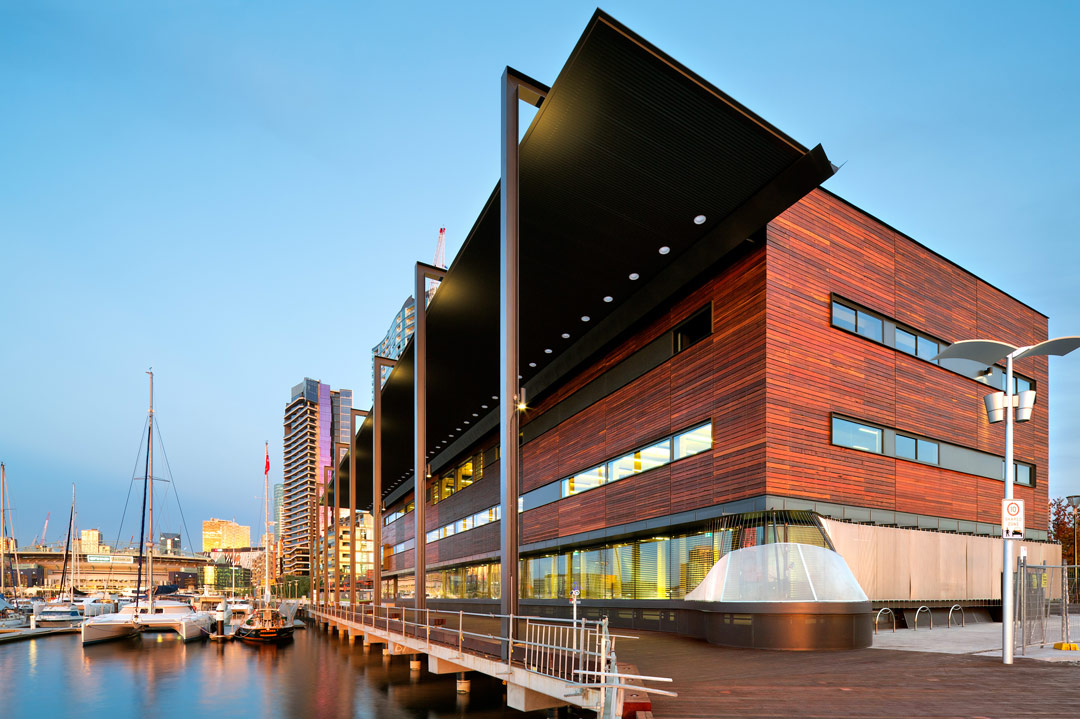
I used to dance on the docks.
Looking back through world wearied eyes, I am amazed it was allowed. Those early evenings that turned into long nights are still with me.
Sure, it has much to do with the music and a sense of tribal belonging – but it is also about the water. About having the immense wall of city skyscrapers at your back and the sea humming with the energy of the shipping industry before you.
We have watched as Docklands rose from reclaimed shipping yards and became home to thousands of workers, residents and visitors. We have had our opinions, as have so many Melburnians.
But after all the political grandstanding, the architectural posturing and the earnest destination marketing, do we really understand Melbourne’s newest and still evolving precinct?
There are two fundamental questions we should ask about Docklands, the answers to which can inform community development and the next phase of activity on the waterfront.
Who is Docklands?
We need to understand the people of Docklands: the residents, traders, workers, tourists and city visitors. Not from afar but within. As people have bought or rented, or taken their dream job, how has the collective view of a fulfilling Dockland experience changed? How do we nurture the local culture they are forming? Let’s ask them.
Only then will we support and connect with them, and place them at the centre of the Docklands experience.
What is Docklands?
With so much expectation piled upon it, and money flooding historically towards blockbuster events, did we lose our way? What really is Docklands all about and what should it be for Melburnians and visitors to our city?
The answer to these questions comes from defining what is unique and interesting about the precinct: the aspects that make it a visitor proposition differentiated from all others.
That can’t be manufactured and it doesn’t need to be. Docklands has substance if you know where to look. It also has that intrinsic appeal to human nature: we all like to connect with the water; we all love a night skyline strewn with diamante lights.
Melburnians have a collective identity and so does Docklands, so where do these overlap?
Do you like fish and chips by the water on a balmy night with friends? Do you like the sound of water lapping beneath your feet? Do you like rose coloured sunsets reflected over the bows of boats?
We don’t need to make Docklands into something.
We need to create opportunities for city workers, residents, visitors and shoppers to express the connection they want and have with the sea.
That is the essence of strategic place identity development linked to destination marketing.
Melbourne is a city on the water and doesn’t really know what that means.
People who know Docklands, embrace Docklands, and tell an authentic story.
Today, the precinct is much better connected to Melbourne’s north: an accessible and very different experience for those on the 86 tram. But do the good people of Fitzroy, Northcote or Preston know it? Not really.
I live that way and a blustery fresh wind is sometimes all I desire to escape the dense air and cement dust of the inner north.
Docklands has an incredible history and is making history every day. A great narrative. Just check out the new library. Awesome! Just ask the local people whose photo albums tell the story better than any brochure could.
Almost a million Victorians head into the CBD every day, they should be heading to the waterfront once in a while for a breath of fresh air and a bite to eat. They will meet thousands of employees of major companies who now call Docklands ‘the office’.
Although the lasers, smoke machines and shaky foundations of Shed 14 have gone, I am sure most of them wouldn’t mind a dance on the docks, every once in a while.
Perhaps more Rod Stewart and less trance.

